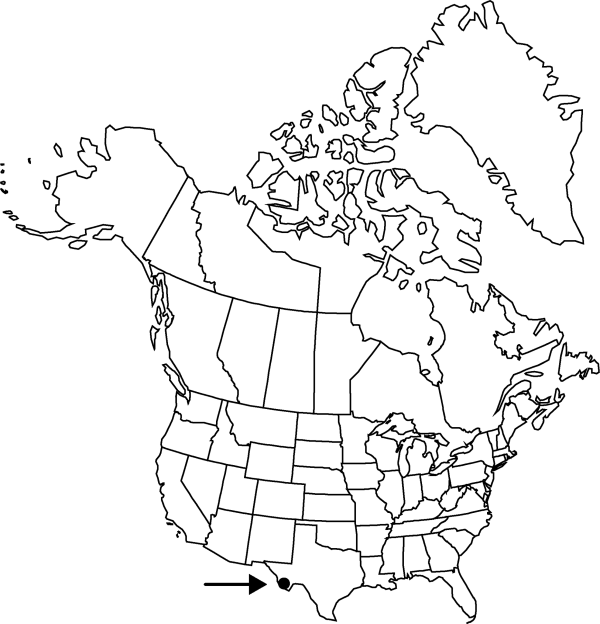Difference between revisions of "Mammillaria pottsii"
Cact. Hort. Dyck. 1849, 104. 1850.
FNA>Volume Importer |
FNA>Volume Importer |
||
| Line 33: | Line 33: | ||
-->{{#Taxon: | -->{{#Taxon: | ||
name=Mammillaria pottsii | name=Mammillaria pottsii | ||
| − | |||
|authority=Scheer ex Salm-Dyck | |authority=Scheer ex Salm-Dyck | ||
|rank=species | |rank=species | ||
| Line 48: | Line 47: | ||
|publication year=1850 | |publication year=1850 | ||
|special status= | |special status= | ||
| − | |source xml=https://jpend@bitbucket.org/aafc-mbb/fna-data-curation.git/src/ | + | |source xml=https://jpend@bitbucket.org/aafc-mbb/fna-data-curation.git/src/f50eec43f223ca0e34566be0b046453a0960e173/coarse_grained_fna_xml/V4/V4_467.xml |
|subfamily=Cactaceae subfam. Cactoideae | |subfamily=Cactaceae subfam. Cactoideae | ||
|genus=Mammillaria | |genus=Mammillaria | ||
Revision as of 21:40, 16 December 2019
Plants usually branched. Roots diffuse; upper portion not enlarged. Stems narrowly cylindric or clavate, 6–15(–30) × (1.5–)2–3.5(–4.5) cm, firm; tubercles 3–5 × 3–5 mm; axils with abundant, persistent, white wool, longest in flowering zone (where exceeding tubercle tips); cortex and pith not mucilaginous; latex absent. Spines (33–)43–60 per areole, white to gray, tan, or pale reddish (central spines with darker, usually chalky blue tips), glabrous; radial spines (27–)37–49 per areole, white or pale tan, bristlelike, 3–6 × 0.05–0.1 mm, stiff, contrasting sharply with robust central spines; central spines 6–12 per areole, straight or weakly recurving throughout their lengths, not hooked, all ± projecting, abaxial and lateral central spines straighter and shorter, 5–8 mm, adaxial central spines 10–15 mm, all 0.2–0.3 mm diam. Flowers 0.9–1.5 × 0.6–1.3 cm; outermost tepal margins toothed; inner tepals maroon-red to rusty red or reddish purple, with paler margins, 4 × 1.5 mm; stigma lobes dull pinkish white to reddish purple or orange-yellow, 1 mm. Fruits bright red, cylindric-clavate, 15–20 mm, juicy only in fruit walls; floral remnant persistent. Seeds light to dark brown, 1–1.2 mm, pitted; testa hard; anticlinal cell walls deeply sinuate; interstices narrower than pit diameters; pits irregularly bowl-shaped. 2n = 22.
Phenology: Flowering (Feb–Mar, rarely later); fruiting Apr.
Habitat: Chihuahuan desert scrub with Agave lechuguilla and Larrea, gravelly flats, rocky slopes, on limestone or additional substrates
Elevation: 700-1300[-2100] m
Distribution

Tex., Mexico (Chihuahua, Coahuila, Durango, Nuevo León, Zacatecas).
Discussion
Mammillaria pottsii superficially resembles Coryphantha subgen. Escobaria: the erect cylindric stems are totally concealed by short, pale gray or ashy white spines. In M. pottsii, the ring of reproductive structures (flowers or fruits) encircles the stem two centimeters or more below the stem apex, unlike the apical flowers and fruits of most coryphanthas.
Selected References
None.